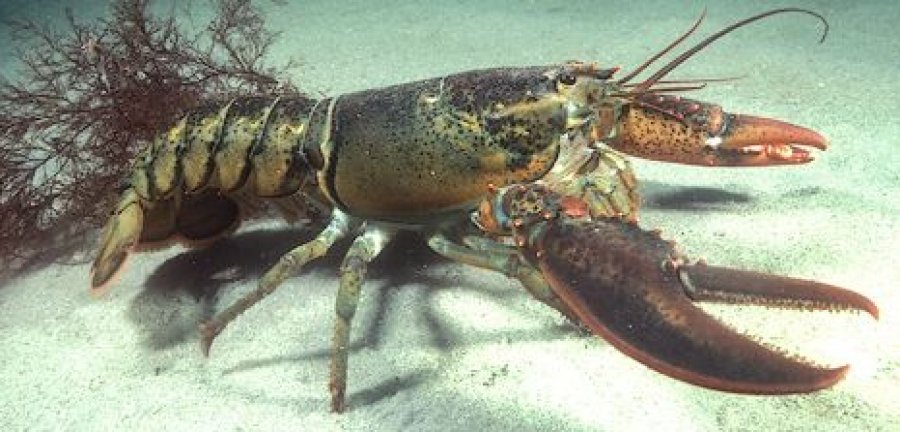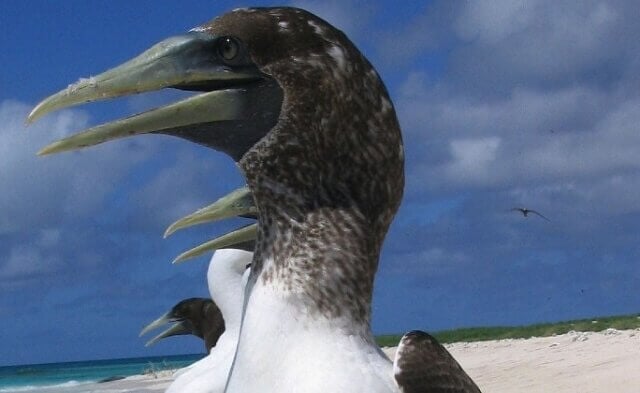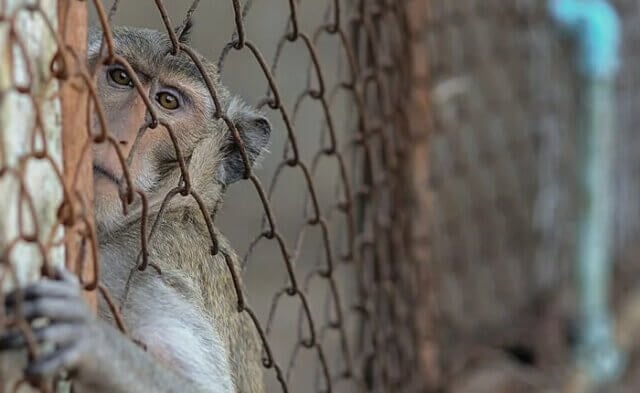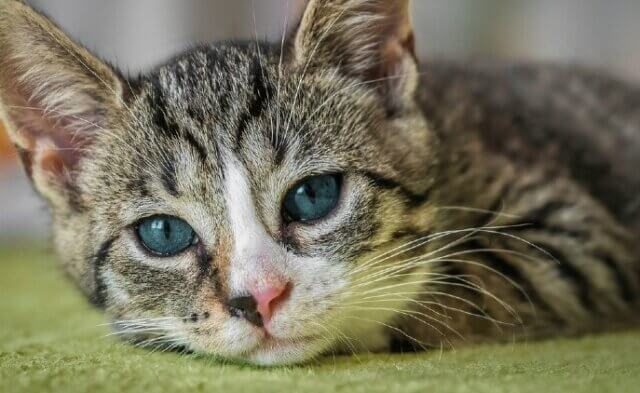It’s not normally considered newsworthy when animal shelters rescue abandoned animals. That’s their job, after all. But the Lincoln County Humane Society in Ontario, Canada, made headlines in April when it came to the aid of an animal who was found inside a cardboard box that had been left in a restaurant parking lot. The animal in question just happened to be a lobster.
Although most of us would recoil at the thought of intentionally harming a cat or dog, we seem to have a blind spot regarding the suffering of animals who are killed for our plates. Lobsters are routinely boiled alive. Live crabs have their claws ripped off and are tossed back into the ocean. If you wouldn’t do such things to a cat, you shouldn’t do them to a crustacean, either. Both can feel pain and distress, and both deserve our consideration. As Kevin Strooband, the Lincoln County Humane Society’s executive director, said regarding his agency’s decision to rescue Mickey the lobster, “All creatures deserve to be treated with respect and appropriate care.”
Lobsters and crabs may seem very different from us, but in the ways that matter the most, they’re more like us than we may care to admit. Dr. Robert Elwood, a professor of animal behavior at Queen’s University Belfast who has studied crustaceans for decades, has demonstrated that these animals can feel pain. When prawns and crabs are exposed to acetic acid or a brief electric shock, for example, they show many of the types of pain-related behavior seen in vertebrates, such as rubbing and grooming the affected area. When crabs have a claw removed—a common practice in commercial fisheries—they rub and pick at the wound.
“Denying that crabs feel pain because they don’t have the same biology is like denying they can see because they don’t have a visual cortex,” says Dr. Elwood.
Yet too many people continue to think of these animals as little more than swimming entrées—if they think of them at all.
A PETA investigation inside a crustacean slaughterhouse in Maine revealed that lobsters there are decapitated, torn apart and left to die slowly and in agony. The video footage shows workers slamming live crabs’ faces onto spikes to break off their top shells and pressing the animals’ exposed organs and flesh against stiff, spinning bristles to remove them. The crabs are then dropped into boiling water—while they’re still alive and aware.
If left alone, lobsters can live to be more than 100 years old. They recognize other individual lobsters, remember past acquaintances and have elaborate courtship rituals. Researchers who study lobsters say that their intelligence rivals that of octopuses—long considered to be the world’s smartest invertebrate. Michael Kuba, Ph.D., told Katherine Harmon Courage, author of Octopus! The Most Mysterious Creature in the Sea, that lobsters are “quite amazingly smart animals.” And Dr. Elwood’s experiments have led him to change how he treats the invertebrates in his laboratory. He now uses fewer animals in his experiments and strives to keep the potential for suffering to a minimum.
For his part, Strooband said that he never once thought about cooking Mickey the lobster for dinner. “It’s legal, it’s possible to do, but it’s just not the right thing to do,” he said. I urge readers to consider his words carefully before condemning any of Mickey’s cousins to the cooking pot. It’s the least we can do.





